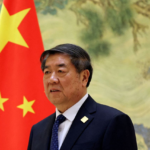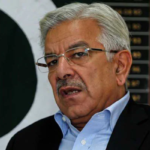Introduction
Despite escalating tensions between India and Pakistan, former U.S. President Donald Trump has remained conspicuously silent, leading no emergency diplomatic push to ease the situation. While previous administrations often stepped in during South Asian crises, Trump’s current detachment reveals a strategic shift that speaks volumes. In this blog, we explore the top 7 reasons Trump isn’t leading an emergency effort to de-escalate the India-Pakistan crisis—and what it means for regional stability and U.S. foreign policy.
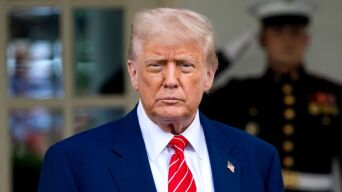
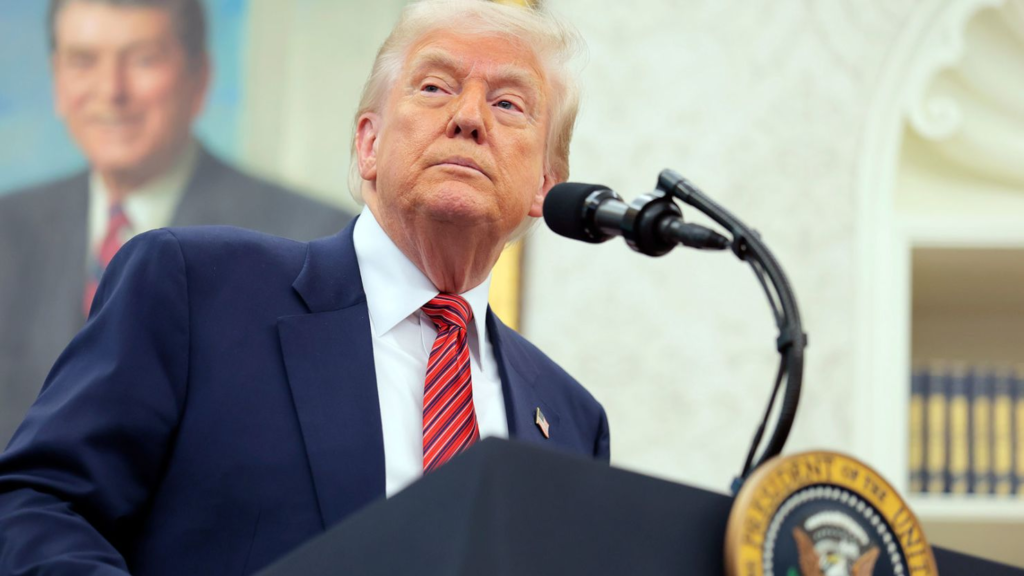
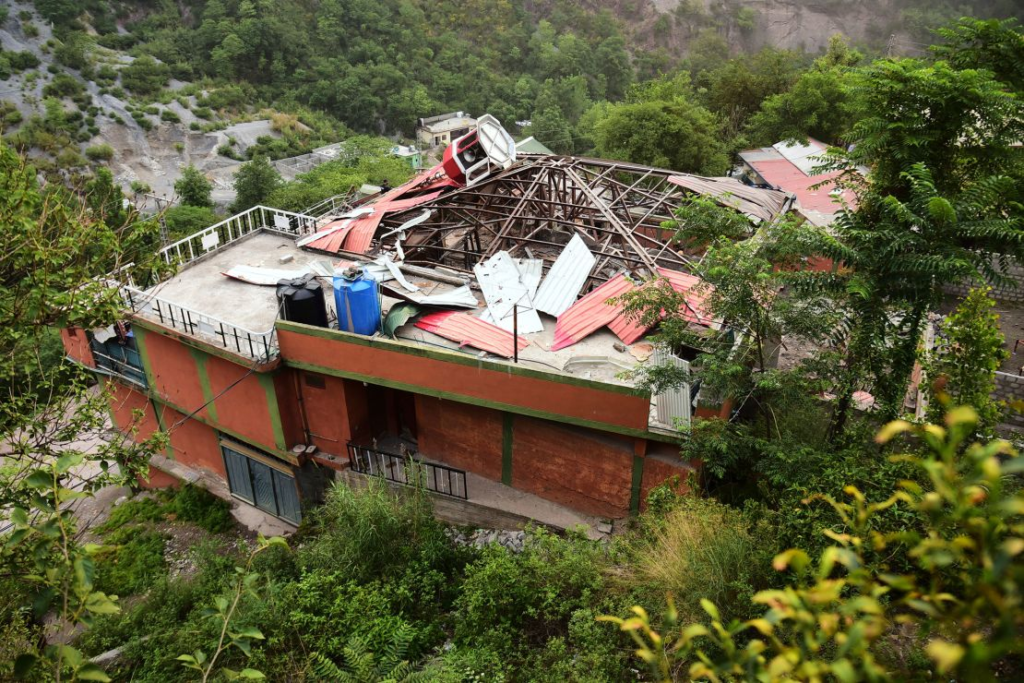
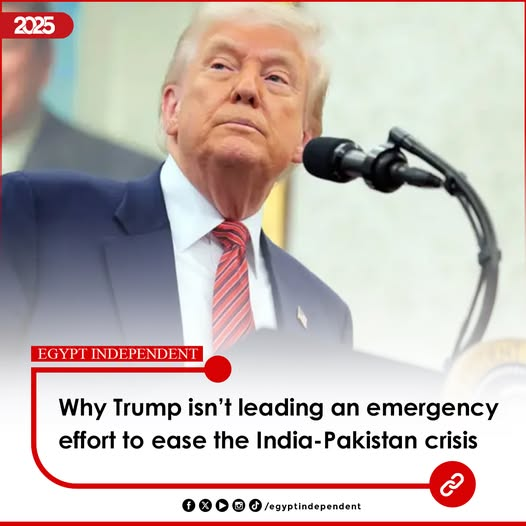
1. Trump’s “America First” Doctrine Remains Dominant
Even out of office, Trump continues to promote his “America First” ideology, which deprioritizes foreign conflicts that don’t directly affect U.S. national interests. India and Pakistan’s border tensions, though dangerous, don’t align with Trump’s core political narrative.
2. Focus on Domestic Political Campaigning
With the 2024 election cycle still fresh in public memory and 2028 on the horizon, Trump is heavily focused on domestic issues and rallying his base. Engaging in foreign diplomacy, especially in a non-Western region, offers limited political gain at home.
3. Strained Relations with South Asian Leaders
While Trump once held high-profile meetings with Indian Prime Minister Narendra Modi and even Pakistani leadership, those relationships have since cooled. Modi has shifted focus toward strengthening ties with other powers like Russia and the EU, while Pakistan remains wary of Trump’s past rhetoric and policies.
4. Lack of Institutional Power Post-Presidency
As a private citizen, Trump lacks the formal authority to initiate international negotiations or lead peace talks. Unlike sitting presidents, he has no diplomatic leverage or control over military and economic tools typically used in crisis management.
5. Preference for Bilateral Business-Style Deals
Trump prefers bilateral negotiations where he can dominate the conversation. The complex India-Pakistan conflict, with its historical, religious, and territorial layers, doesn’t lend itself to quick “deal-making”—making it an unattractive engagement for Trump.
6. Strategic Avoidance of Nuclear Flashpoints
The Kashmir dispute between India and Pakistan is one of the world’s most volatile nuclear flashpoints. Trump may be avoiding this high-risk zone to prevent association with any escalation or diplomatic failure, which could backfire politically.
7. Rising Influence of Other Global Powers
Countries like China, Russia, and even the UAE are increasingly stepping into South Asia’s diplomatic space. Trump’s hands-off approach may reflect an acknowledgment that the U.S. no longer monopolizes global conflict resolution in the region.
Conclusion
Trump’s absence from the India-Pakistan crisis spotlights a deeper change in America’s foreign policy posture—one shaped by isolationist tendencies, shifting alliances, and diminished institutional roles for former leaders. As tensions continue to simmer in South Asia, the world is watching to see who will step in to mediate—and why Trump has chosen not to.
Want more insights on global diplomacy? Check out our piece on U.S. push for a Ukraine-Russia ceasefire.


